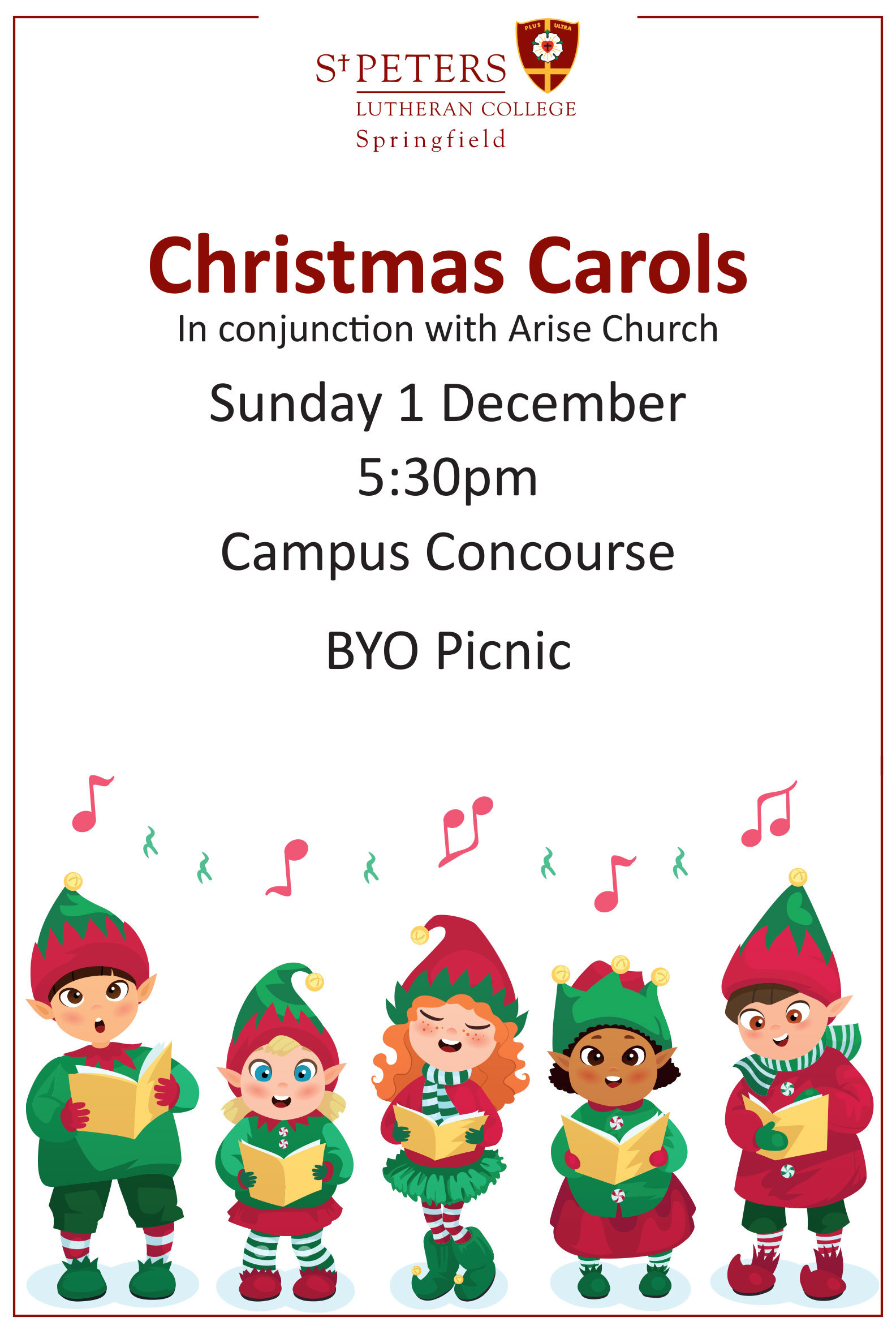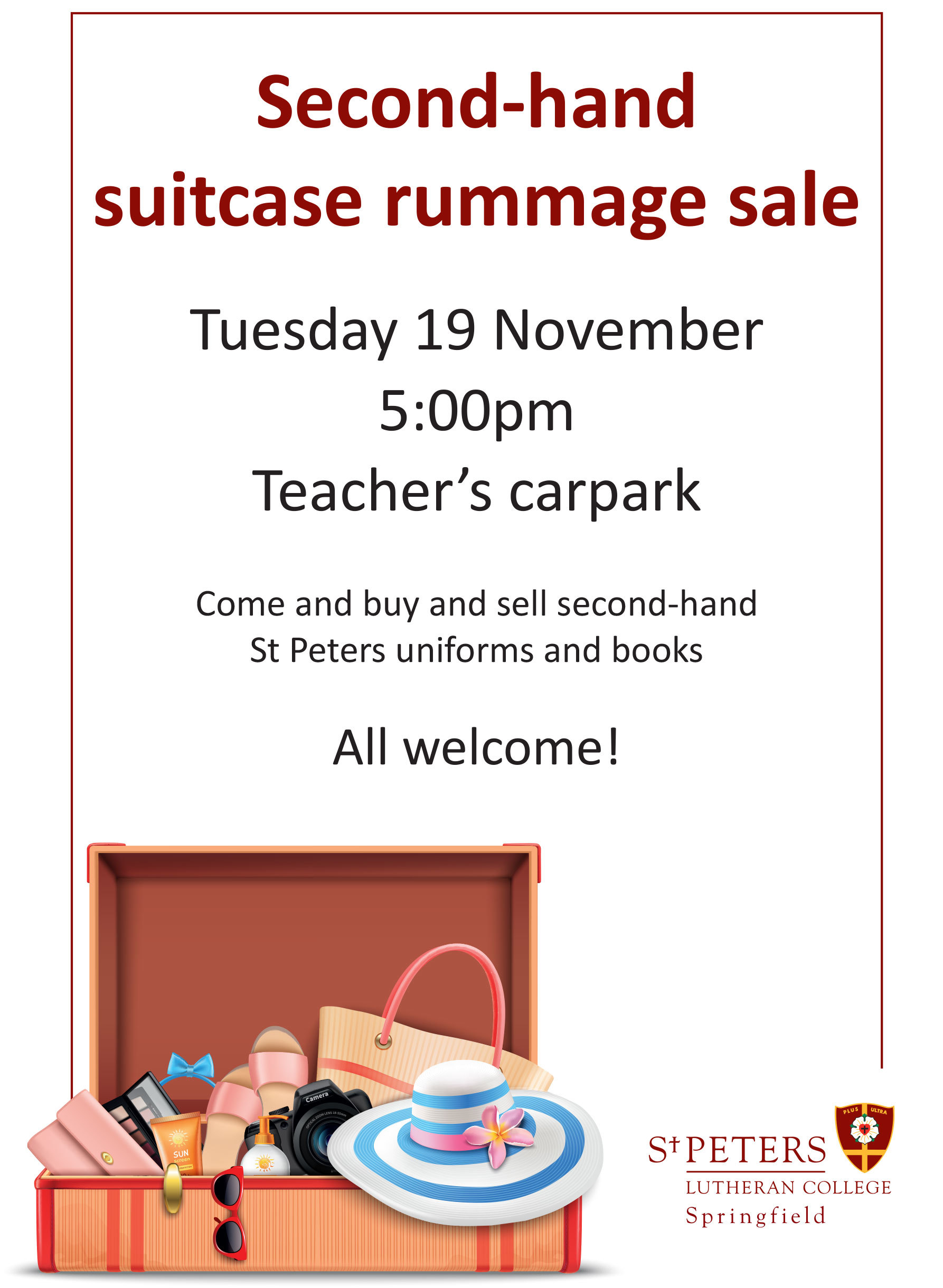When it comes to ‘Closing the Gap’ between Indigenous and non-Indigenous Australians, education is key – Kaylee N
Throughout my time at school, I have spent copious time learning about Indigenous affairs and rights. In English, I studied Rabbit-Proof Fence and The Secret River. I learned about the Frontier Wars and the 1967 Referendum throughout my time as a History student. Similarly, during Legal Studies, I discussed the implications of the Mabo case and scrutinised the high rates of Indigenous incarceration. However, I had never been given the chance to put a face to the stories I had encountered, apart from the times I watched often misrepresentative programs on television. In June, that all changed.
In Australia, we often struggle to acknowledge that there are people living in third world conditions in our backyard. I was confronted by the enormity of the problems that still exist in remote Indigenous communities in 2019. I witnessed firsthand the effects of the health and education gap, the loss and disconnect of culture between generations, the scarcity of jobs, domestic violence and the misrepresentation of Indigenous Australians in the media.
When it comes to ‘Closing the Gap’ between Indigenous and non-Indigenous Australians, education is key. First and foremost, we need to educate ourselves. The Australian media and the wider population have a responsibility to listen to the stories of Indigenous Australians and collaborate with them to create a well-educated society. The Indigenous men and women that I met throughout my time in Central Australia were undoubtedly some of the wisest people I have ever met in my life. Their experiences and stories have been undervalued for far too long, and the effects felt in their communities are tremendous. If we want to move forward as a society, we must begin to listen to what is said, but also what isn’t – before it’s too late.
We have a shared responsibility to not only fix these issues, but also to listen to their voices of Indigenous Australian to ensure that their lack of representation becomes a problem of the past. As we flew home, our heads were filled with ideas and innovations on how we can continue to assist and collaborate with these communities. Since our return, we have raised questions and asked our own St Peters community for help, and we are excited to see the results in the upcoming months and years. We hope that our experience will lead to a much larger ripple effect.
Respecting the Land as Tourists – Minna Hood
Before embarking on the Indigenous Immersion, I thought I knew and understood the challenges faced by Indigenous Australians; however, I learned the issues run much deeper. While on the Immersion, we experienced something of the lifestyle of the Anangu people. We also observed many disturbing truths while travelling in Central Australia. One challenge which stood out to me was the disparity of knowledge between those who take the time to understand Aboriginal culture, and those who just want to take photos.
After a week of living and experiencing the Anangu way of life, we entered sites such as Kata Tjuta and Uluru with a completely different perspective to most tourists. There are thousands of years’ worth of history in such sites and thousands of tourists walk by them without understanding what they are seeing. The Anangu people are doing their best to educate and inform tourists to care for their land, respect their traditions, and treat their culture with dignity; but their efforts are often falling on deaf ears. A prime example: the people who climb Uluru. There is a sign in front of Uluru translated into multiple languages, which explains how it is a sacred site and not to climb it. Yet people, until recently, continued to climb to tick another box off their bucket list. Educating people about the land they are travelling on is vital for there to be an improvement in respect shown by tourists.
The tour company we travelled with, SEIT (Spirit, Emotion, Intellect and Task), have great communication with Aboriginal communities such as Docker River and Amata - the communities we visited. Through collaboration and building respect, they have created a unique relationship with the Anangu people, some of whom they employ to educate and tell their stories. SEIT is a fantastic model of finding the intersection where Western styles of tourism and Aboriginal culture can meet. If more tour companies followed in their footsteps, there would not be the disconnect of respect between the traditional owners of the land and tourists.
We are informed now more than ever about the challenges faced by the Indigenous Australians. This generation is far more educated on the adversities experienced by the Indigenous population than my grandparents’ or even my parents’ generation. So, I cannot help but think: why do we continue to be complacent and ignorant? What could be achieved if we developed open, communicative relationships with Aboriginal and Torres Strait Islander people?








